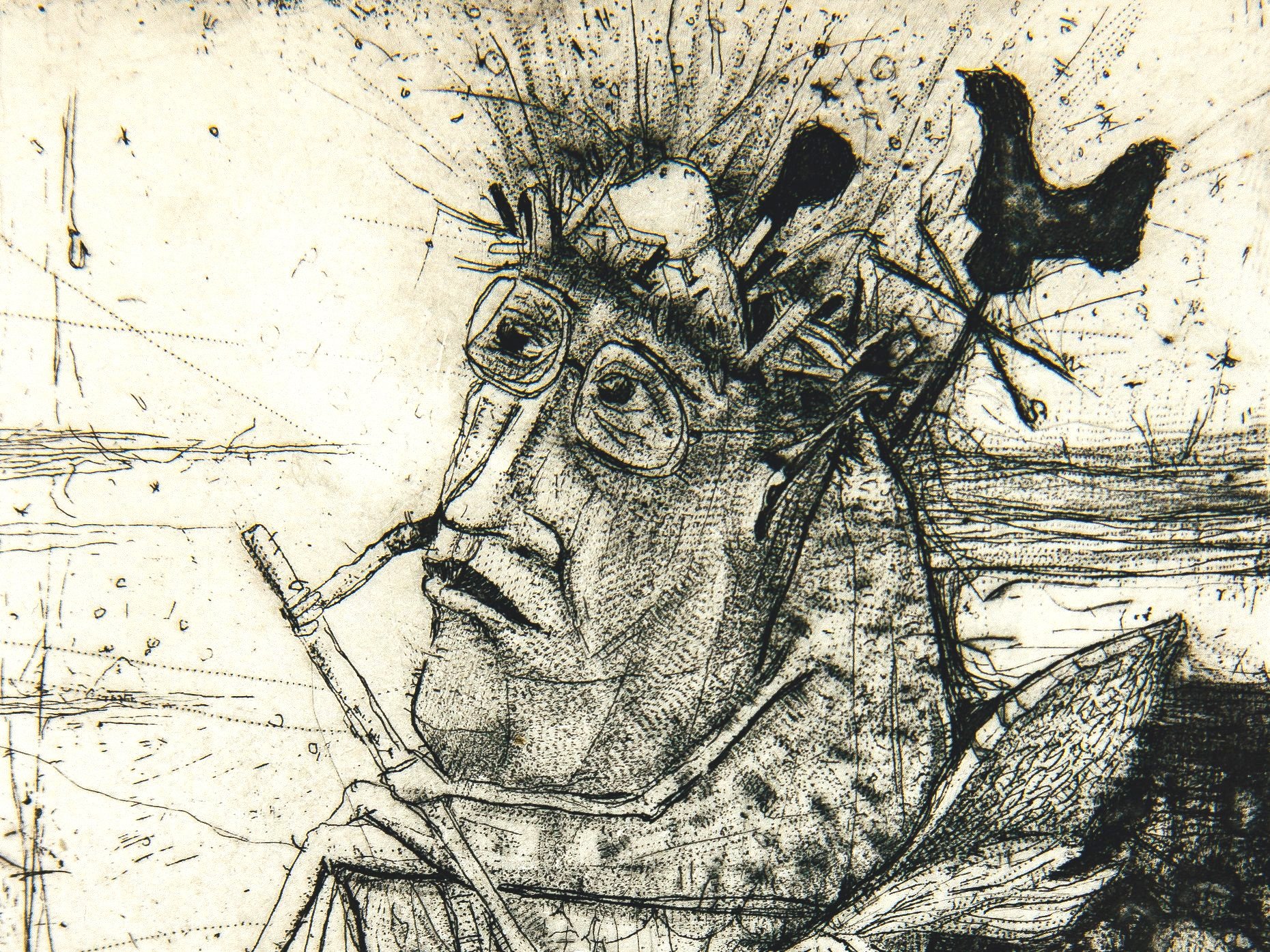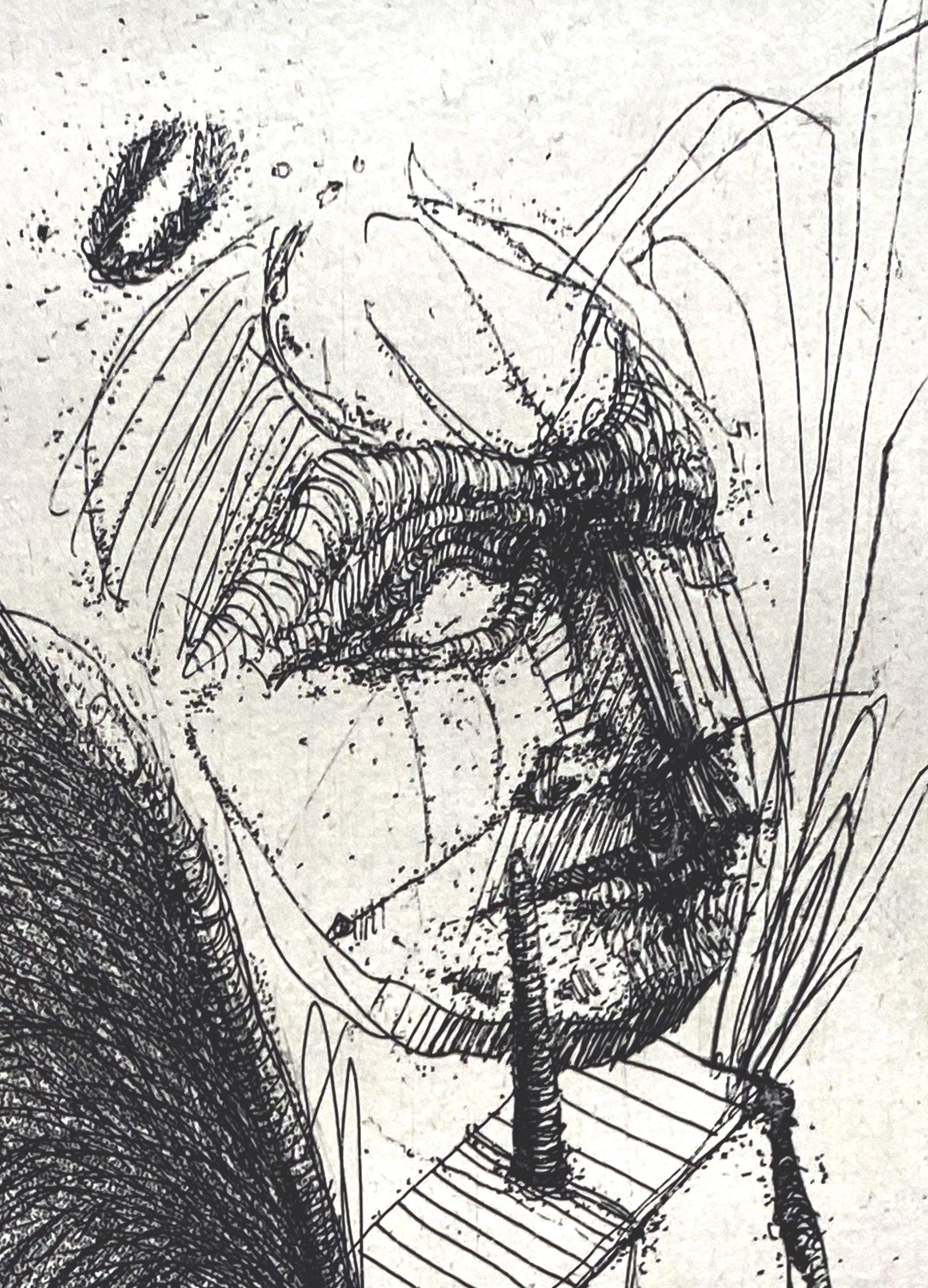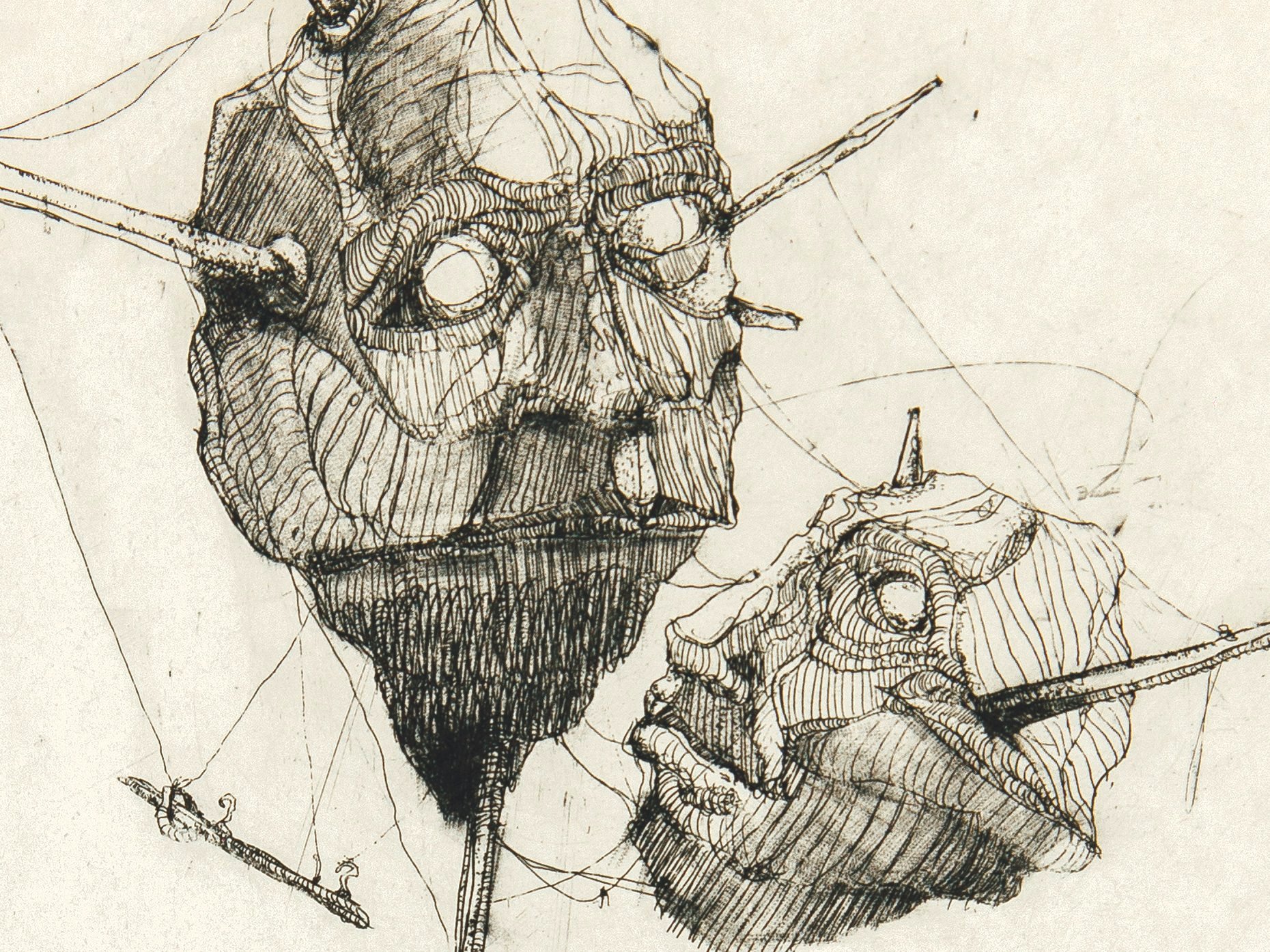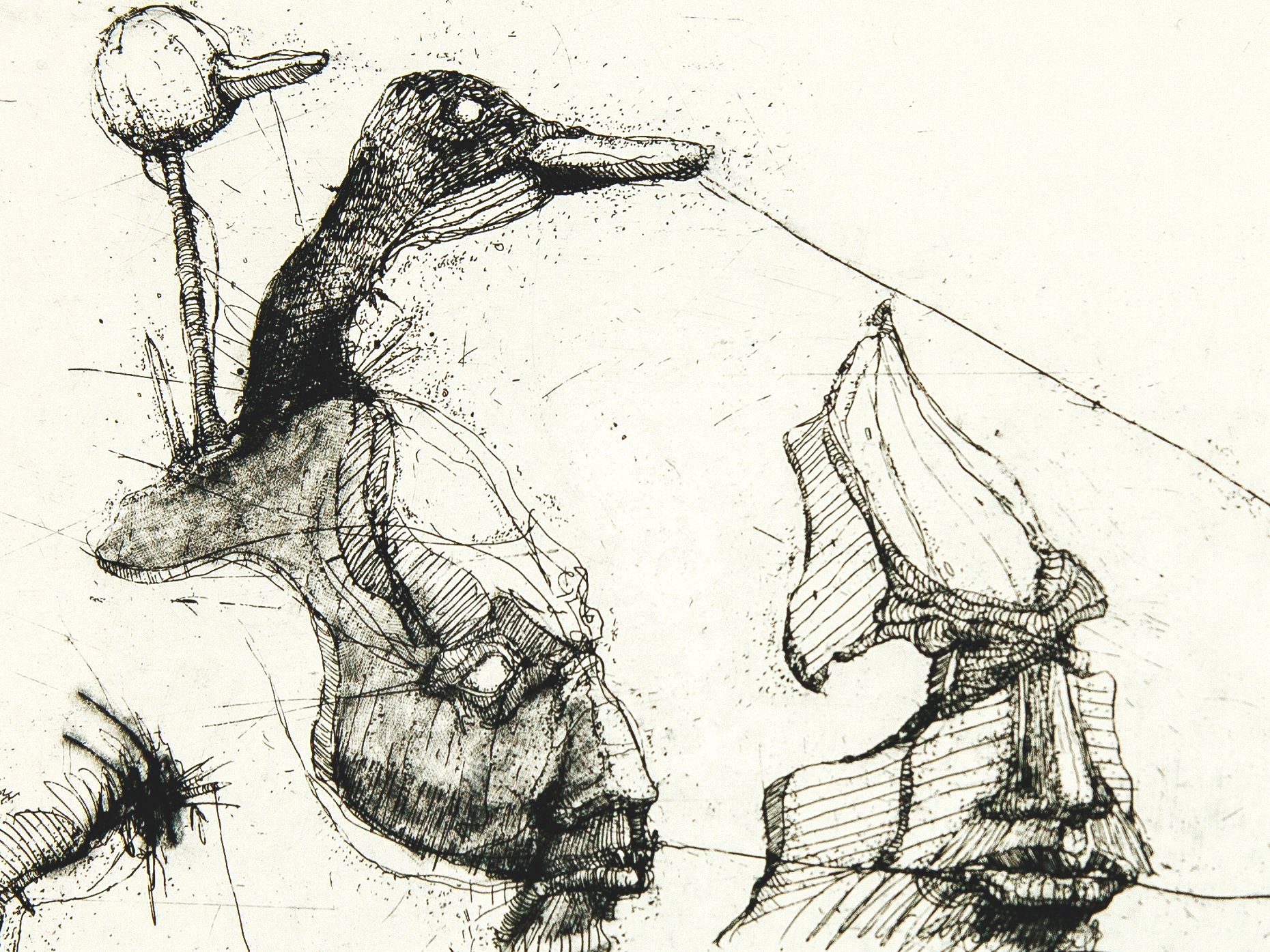Interview
Viktor Storozhuk
Viktor is an artist and animator, born in a small mining town in Ukraine. His father is a miner and his mother a doctor. Viktor comes from a community where the fate of the male child is predestined — they will be miners when they grow up. When most of his friends were in school, they knew they would undoubtedly work in the mine.
Viktor’s mother did not want him to follow in his father's footsteps. She insisted that he receive an education in economics in the hope that it would be his ticket to life, but he was always passionate about art.
What is your background and how did you start your journey in the art world?
“I never attended art school. My desire to draw was hidden away in the back of school notebooks. However, I studied at a music school, which partially fulfilled my passion for art. When it was time to choose a profession, everything was chosen for me and I found myself studying economics. It was very difficult for me and I had almost the worst results in the group. I graduated with a diploma and an understanding that I will never work as an economist in my life.
Without too much thought, I started from scratch. I went to Lviv and began studying at the Lviv Academy of Printing, at the Department of Graphics. In my first year, I lagged far behind my colleagues. My classmates had stronger backgrounds, but every year I noticed some improvement.
In the last years of my studies, I became interested in creating video games. While studying for a Master's degree, I also worked as an artist and animator in a small studio that developed video games. That was the brightest year of study. Every day there was something new. A new teacher, Sergey Ivanov, who is known all over the world, came to the department. He introduced me to the world of etching. Thanks to him, I found my path in art.”




What inspires you most?
“I’ve worked in the video games industry for more than 12 years, going from artist, animator, to art manager. I’ve worked in small studios of 10 to 15 people, and in large companies with 30 to 40 people under my leadership. I love my job, but it's a team game. It's great, but it's about learning how to play by the rules, where there are always trade-offs. The only thing that’s really mine is my etchings. There are no rules here, only pure creativity.
What inspires me? I don't know. It's like a hunger. The time is coming and I need to flee the world. At the moment, I’m making etchings. I almost never commercialize my artwork. I have come to realize that one job is enough for me. I can't and don't want to do etchings out of obligation—I need to do them out of my own desire.”
What themes do you pursue? Is there an underlying message in your work?
“My artwork is just a fantasy. I can’t even say it really belongs to me because when I draw, I turn off my mind completely. I never have a final vision of the work. I just start drawing and see how it ends. That’s why it’s hard for me to come up with names for my pieces. Once I was featured on one of the social networks, which was strange because I never advertised my accounts as an artist and I have few subscribers there. In Paris at an exhibition, someone saw my work and wanted to buy it. When I read the title of my artwork, I had to Google it to remember the piece.”
How would you describe your work?
“I try to draw things that are not concrete, but rather emotions that are frozen and last forever. Sometimes I’m told that my work is frightening, but this is not the intention I put into each piece.”
“Try to remember the feeling when you immerse your head in the water. Sounds start to sound different. Man comes face to face with himself. The person hears more details in his thoughts.
My works live in such coordinates.”
Which artists influence you most?
“I like Dutch artists Jeroen Anthoniszoon van Aken—better known as Jerome Bosch—and Pieter Bruegel de Oude.”
What is your creative process like?
“Etching is a process that consists of several stages. You need to prepare a copper plate, varnish it, scratch the picture, etch with acid, and then get an impression. Despite the difficulty, I mostly make this emotional decision. I know that ready-made copper layers are sold, but they are not available in Ukraine. From time to time, I just go to the market and buy old copper plates that need to be put in order. I take a piece of copper and go step by step — this process always results in something new.”

What is an artist’s role in society and how do you see that evolving?
“At the time of this interview, my country is at war. Russia is destroying the Ukrainian people. I stay in Ukraine and I’m very quickly seeing how my priorities in life have changed. I’m convinced that the same way living things need air to survive, humanity needs art to thrive at a higher level of being. The value of art appears at a certain stage in a person’s development. Once the basic needs are satisfied, the individual begins to feel emotional hunger, which can be satiated by art. It helps to develop the mind and warm the soul. At this stage, he can no longer live without art—just as physical beings cannot live without air.”





Have you had any noteworthy exhibitions you'd like to share?
“Sometimes, I send my works to exhibitions. I had a personal exhibition in 2019 which you can view here.
Other exhibitions include:
2017 - I CERTAMEN INTERNACIONAL DE EX LIBRIS DE GRANADA. Easel graphics. Lutsk, Ukraine.
2016 - International Exlibris Competition, Varna.
2014 - I CERTAMEN INTERNACIONAL DE EX LIBRIS
2013 - Lviv Engraving
2010 - EX LIBRIS Gdansk.”









